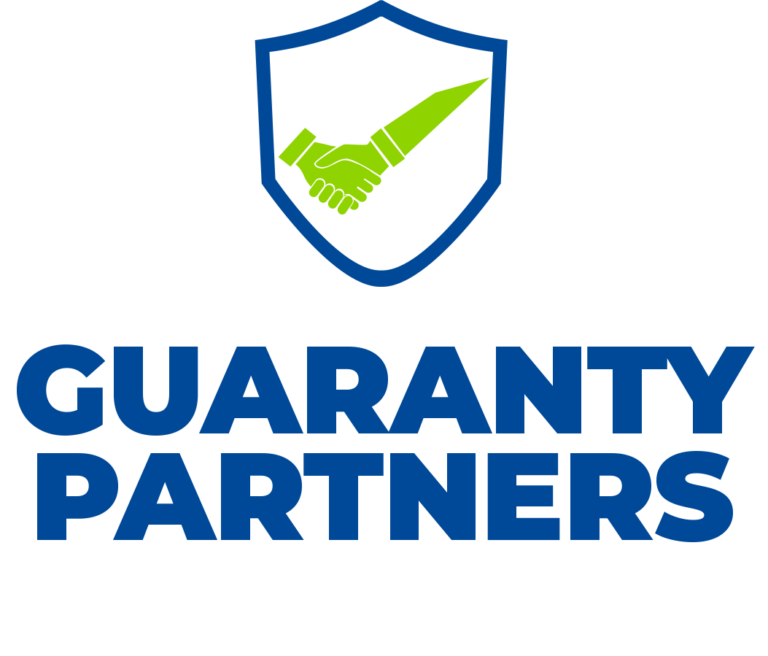Safety Audit and Safety Inspection Course
Course Fee:
• Recognise the purpose and benefits of safety inspections
• Study how to plan and execute an effective and beneficial safety inspection
• Practice how to use checklists to save time and improve inspection quality
• Classify and document potential and actual hazards related to facilities and equipment
• Detect and report any hazards which necessitate immediate consideration
• Determine whether existing hazard controls are functioning adequately and recommend corrective actions when necessary
• Understand how to communicate results
• Develop recommendations and follow-up on implementation plans
CONTENT
Audits, Legislation, And Contractors
• Introduction to Safety Audits and Inspections
• The legal aspects relating to monitoring performance
• ISO 45001
• Contractor Selection and Control
Elements of a Safety Management System
• Types of Safety Management Systems
• Core Elements of Safety Management Systems
• Proactive and Reactive Monitoring of Performance
• Measurement Techniques
• Competencies for Auditors
• Audits and their Critical Components
Components Inspected in a Safety Management System
• Equipment
• Materials
• Processes
• Environment
Inspections
• Observation Techniques
• Physical Inspection of the Site
• Confined Space Entry
• Lifting equipment and lifting operations
• Work at height and safe access
• Chemicals
• Fire Assessment
• Permit to Work Systems
Audits
• The Audit Process
• Review Health and Safety Related Documentation
• Interview Selected Staff
• Tour the Facilities
• Observations and Recommendations Report
• Risk Identification & management
• Action Plan
Safety Culture
• Safety Culture and Human Factors
• Negative and Positive Dimensions
• Taylor, Herzberg, McGregor, and Maslow
• Natural Penalties and Consequences
• Antecedents, Behaviour, and Consequences (ABC) Analysis
• What drives behaviour?
• Auditing and improving the safety culture
Role of the Safety Advisor
• Examine Health and Safety Policies, Procedures, and Records
• Inspect the Workplace
• Interview Staff and Management
• Support Team Members
• Ensure Compliance with Legislation
• Advise on Safety Practices for Business Continuity
Emergency and Contingency Planning
• Internal Emergency Plans
• External Emergency Plans
• Auditing Emergency Plans
• Audit Reports
• Contingency Planning
• Actions for Improvement
Secrets of a Successful Safety Program
• Plan Your Safety Audit/Inspection Program
• Decide on a General or Specific Audit
• Decide Who Will Conduct the Audit
• Decide What You Should Inspect For
• Determine How Often You Should Inspect
• Set Priorities
• Inform Management
• Hazard Priority Classification System
• Develop Your Checklist
FOR WHOM
• Industrial safety and health inspectors
• Trainers of industrial safety and health inspectors
• Engineers
• HSE Personnel
• Maintenance Personnel
• Employee Representatives
• Human Resources Professionals
• Line Managers
• Supervisors
• Team Leaders
Methodology
The training methodology integrates lectures, interactive discussions, collaborative group exercises, and illustrative examples. Participants will acquire a blend of theoretical insights and hands-on practical experience, emphasizing the application of learned techniques. This approach ensures that attendees return to their professional environments equipped with both the competence and self-assurance to effectively implement the acquired skills in their responsibilities.
DATE:
1ST BATCH: 10th – 13th Feb, 2026
2ND BATCH: 2nd – 5th June, 2026
3RD BATCH: 28th – 30th Sept, 2026
Course Category
- Human Resource and Admin
- Finance and Accounting
- Internal Audit and Fraud Control
- Stores, Procurement and Supply Chain
- Information Technology
- Aviation and Maritime
- Banking, Investment and Insurance
- Business Communication
- Construction Management & Civil Engineering
- Engineering, Instrumentation and Maintenance
- Entrepreneurship and Business
- Hotel & Hospitality Management
- Law and Contract Management
- Management and Leadership
- Project Management
- Public Relations
- Public Sector
- Sales, Marketing & Customer Service
- Secretaries & Personal Assistants
- Transport & Logistics
- Security and Safety
More Courses
VENUE
25, Queen street, Alagomeji Bus Stop, Yaba, Lagos










